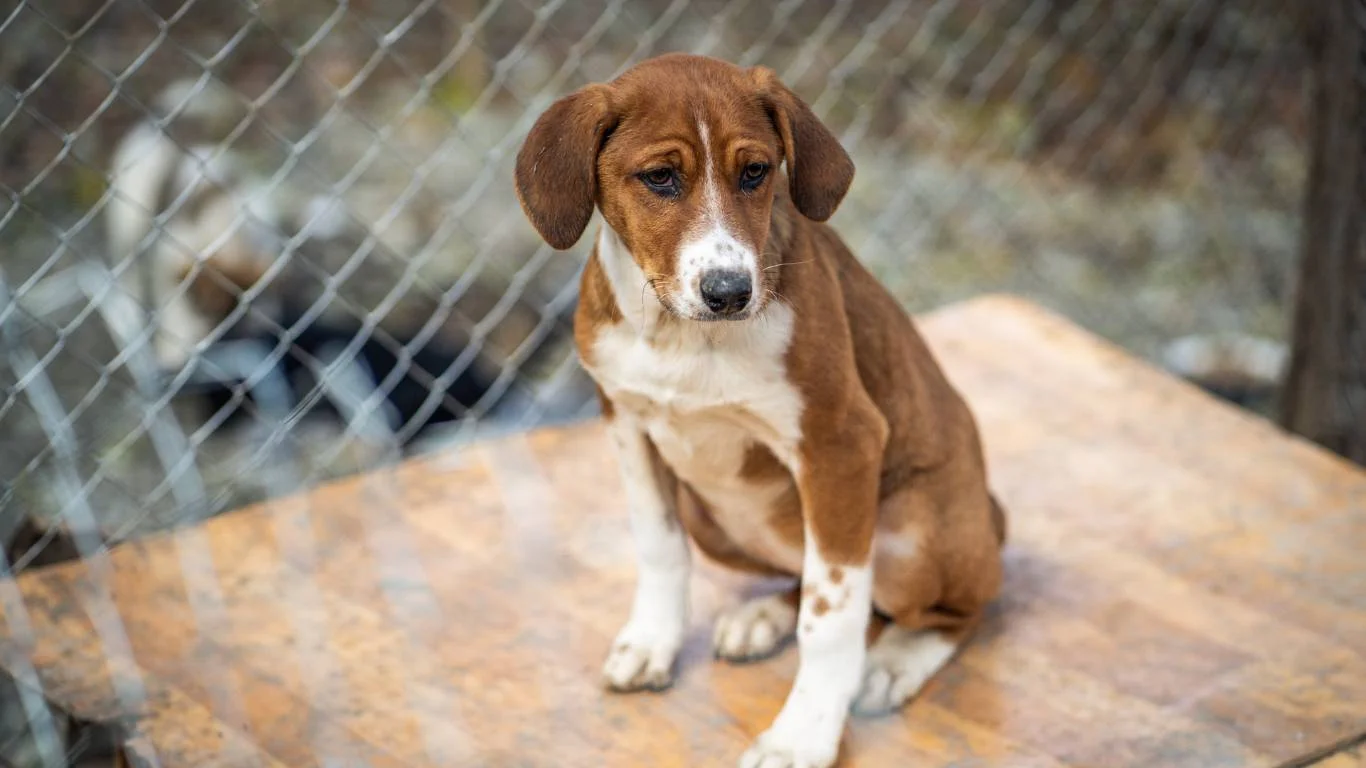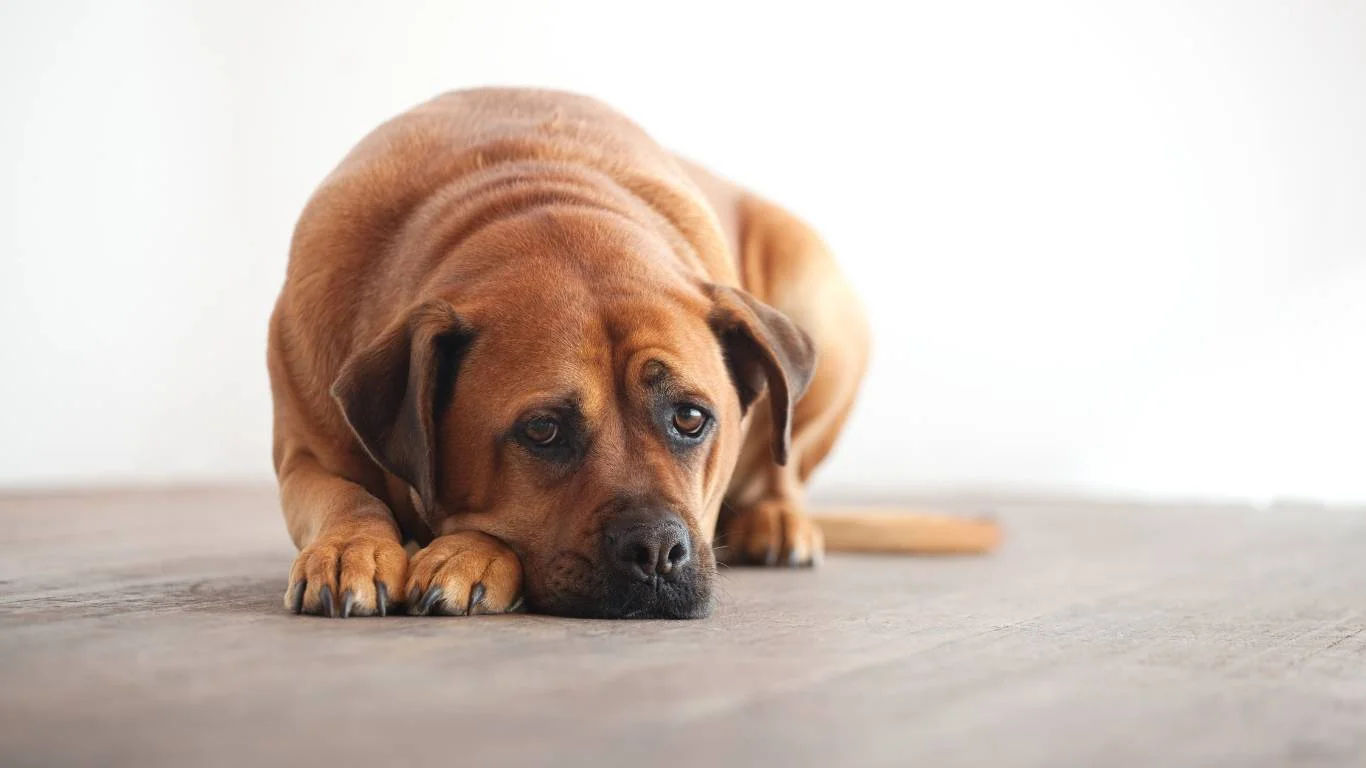Why Some Dogs Suffer When Eating Grains: What Pet Owners Should Know
Ever had your dog start scratching like crazy after switching to a new kibble? Yeah, I’ve been there too. As someone who’s worked hands-on with dogs for years as a veterinary assistant with a focus on nutrition, I get asked this a lot: Can dogs have allergies to grains? Short answer? Absolutely. But like most things in vet med, it’s a bit more complicated than a simple yes or no. Let’s dive in together and break it down in a way that makes sense — without all the clinical jargon, promise.
What Exactly *Are* Grain Allergies in Dogs?

Okay, so first off, when we talk about grain allergies in dogs, we’re not talking about the average picky eater or a pup with a one-off upset stomach. A true allergy means the immune system is basically overreacting to a specific ingredient — in this case, grains like wheat, corn, rice, barley, or oats.
From what I’ve seen in clinics, it’s often confused with intolerances, which are more about digestive issues rather than full-blown immune responses. Allergies? They tend to show up on the skin — itchy paws, red ears, hot spots, even hair loss. Think of it like your dog’s immune system going “nope!” and launching an attack where it really doesn’t need to.
Common Symptoms I See in Grain-Sensitive Dogs
- Chronic itching – especially around paws, face, and ears
- Recurring ear infections – one of the top signs in my experience
- Hot spots – those inflamed, moist skin lesions that just won’t quit
- Digestive upset – gas, bloating, and occasional diarrhea (yep, not pleasant)
- Coat changes – dull fur, thinning hair, or bald patches
I’ve seen dogs go from constant head-shaking and paw-licking to completely chill just by switching off grain-heavy food. It’s kind of amazing what the right diet tweak can do when you know what to look for.
Why Grain Gets Blamed (and Is It Always Fair?)

Grains have taken a hit in recent years. You’ve probably seen the rise of grain-free diets everywhere, right? Pet stores are packed with them. And yeah, some dogs do genuinely benefit from removing grains. But here’s the kicker: grains aren’t always the villain. In fact, true grain allergies are relatively rare compared to protein allergies — think chicken, beef, or dairy.
Still, when a dog reacts poorly to their food, grains are often one of the first things pet parents (and sometimes vets) will eliminate. And that makes sense — it’s an easy starting point. But it’s important to approach it with a bit of detective work, not just jump to conclusions.
So Why Do Some Dogs React to Grains?
- Genetics: Some breeds are just more prone to food sensitivities — I see it a lot in labs, retrievers, terriers, and bulldogs.
- Overexposure: Dogs eating the same grain-heavy kibble every day may develop sensitivities over time. Just like people can develop allergies out of the blue, so can dogs.
- Low-quality ingredients: Not all kibble is created equal. Cheap fillers and poorly processed grains can be harder for your dog’s system to handle.
When I worked with clients one-on-one, especially with chronic skin or digestive issues, we often started with an elimination diet. It’s not the fastest process, but it works wonders in figuring out what’s actually causing the reaction.
How to Tell If Your Dog Is Reacting to Grains

If your pup’s been dealing with any of the symptoms we talked about earlier, don’t panic — but do start paying attention to patterns. Does the itching get worse after meals? Are those ear infections becoming more frequent? I usually recommend jotting down a quick daily log of food and symptoms for a week or two. You’d be surprised how clear the picture becomes.
Here’s what to watch for:
- When do symptoms flare up? Right after eating? Seasonal?
- What treats or table scraps are involved? Even the smallest bite can trigger a reaction in sensitive dogs.
- Consistency across different foods: Switching brands and symptoms stay the same? Might not be the grain at all.
Of course, there are veterinary allergy tests available, but they’re not always definitive — I’ve seen mixed results. In my experience, nothing beats a good ol’ elimination trial guided by your vet or a nutrition-focused pro.
What to Do If You Suspect a Grain Allergy

Alright, so let’s say the signs are adding up and your gut says, “Yep, I think my dog might be reacting to grains.” First step? Don’t panic — this is something I’ve helped a lot of pet parents navigate. The best thing you can do is be methodical about it.
From my own experience, I always suggest working with a vet — ideally one with experience in dermatology or food sensitivities. But even before that, here are a few things you can try right at home:
- Start an elimination diet: Choose a grain-free dog food with a single protein source your dog hasn’t had before. I usually recommend options like salmon and sweet potato or venison and pea — something novel.
- Track everything: Make a food journal. Write down what your dog eats, what treats you give (even the tiny ones), and any changes in symptoms. Seriously, even that half of a cookie from the table counts.
- Be patient: It can take 6 to 8 weeks for symptoms to clear up. I know, it feels like forever, but the immune system takes time to calm down.
I’ve worked with pet parents who saw results in just a couple weeks, and others who needed a little longer — every dog is different. And that’s totally okay.
Choosing the Right Grain-Free Food (Without Getting Overwhelmed)

Let’s talk food labels for a sec. You’d think it’d be easy to pick a grain-free dog food, right? Nope. There are tons of options, and not all are created equal. Just because a food says “grain-free” doesn’t automatically make it better or allergy-friendly.
Here’s what I look for when helping clients choose the right option:
- Whole food ingredients: You want to see real foods at the top of the list — like lamb, turkey, or salmon. Not mystery meat or meat by-products.
- Simple formulas: Fewer ingredients = fewer things to trigger a reaction. It makes identifying problems way easier.
- Added probiotics and omega fatty acids: These support gut health and skin healing — both super important for allergic dogs.
- No unnecessary fillers or artificial additives: Things like colorings, preservatives, or “natural flavorings” can be sneaky culprits.
I once worked with a golden retriever who had terrible ear infections and itchy paws for years. We tried everything — meds, medicated shampoos, steroids. Nothing really worked long-term. Then, we did a switch to a limited-ingredient, grain-free diet and within a month… new dog. No more stinky ears, and she finally stopped licking her feet raw. It was like magic — except it was just the right food.
Is a Grain-Free Diet Always Necessary?

This is where I like to keep it real. Just because your dog can have a grain allergy doesn’t mean they do. I’ve seen many cases where the problem was actually something else — like a chicken sensitivity, environmental allergies (pollen, dust mites), or even yeast overgrowth on the skin.
So while switching to grain-free is often a helpful experiment, it’s not a guaranteed fix. And for some dogs, grains are actually beneficial. Whole grains like brown rice, oats, and barley can offer fiber, energy, and nutrients that support gut and heart health.
Here’s a quick breakdown:
- Grain-free may help if: Your dog has chronic itching, ear infections, or skin issues that haven’t responded to other treatments.
- But it’s not always the answer if: Your dog’s symptoms are seasonal (could be pollen or mold), or you’re seeing more GI issues than skin problems.
In my own practice, I always recommend a food trial with professional guidance. Blindly bouncing from one bag to another just confuses things and can make matters worse.
Word of Caution About Boutique Diets
Over the last few years, there’s been some concern (backed by FDA investigations) linking certain grain-free “boutique” diets to a condition called canine dilated cardiomyopathy (DCM). It’s not a simple cause-and-effect situation, but it’s something to be aware of. Especially if the diet is heavy in legumes like peas, lentils, and chickpeas without proper formulation.
So, my take? If you’re going grain-free, go with brands that have veterinary nutritionists on staff, have done feeding trials, and share transparency about their sourcing. The goal is to eliminate allergens without compromising nutrition.
Nutrition is powerful — it can literally transform your dog’s health. But it needs to be done thoughtfully. That’s why I always advocate for a balanced, evidence-based approach with just the right dose of real-world practicality. Trust me, your pup will thank you for it.
Long-Term Care for Dogs With Grain Allergies

So, you’ve done the hard work — identified the symptoms, adjusted the diet, and finally started seeing improvements. That’s a huge win, and if no one’s said it yet: good job! But what now? If your dog really does have a grain allergy, it’s not just a one-and-done fix. Long-term care is key to keeping them healthy, itch-free, and full of energy.
In my experience working with pups who are sensitive to grains, the most important thing is consistency. Once you’ve found a food that works, stick with it. Rotating foods too often — especially without reintroducing ingredients slowly — can cause flare-ups.
Routine Monitoring (Yep, It Still Matters)
Even if your dog is thriving on their new diet, don’t stop paying attention. I always tell pet parents to stay a little bit paranoid (in the best way). Keep an eye out for subtle signs of symptoms creeping back in — ear scratching, paw licking, loose stools, etc.
Here’s what I personally recommend doing every month or so:
- Check ears and paws: Are they clean, dry, and not red or irritated?
- Inspect the coat: Still glossy? No new bald patches or scabs?
- Track weight and appetite: Sudden weight gain or loss could signal issues.
When I was assisting at the clinic, we kept digital logs for dogs with chronic conditions — even something as simple as a one-liner after each visit helped us spot patterns way earlier. You can do the same at home with a basic calendar app or notebook.
How to Avoid Hidden Grains (They’re Sneaky!)

This one’s a biggie. You’d be surprised how many treats, supplements, and even some chews contain hidden sources of grains. Just because the bag says “grain-free” doesn’t mean it truly is — marketing can be misleading.
Here’s what to look out for:
- Wheat gluten – often used as a protein booster in cheaper foods
- Brewer’s rice – a common filler, especially in prescription diets
- Oat flour, barley, corn meal – these often hide in biscuits and snacks
- Cross-contamination: Some brands process grain-free and grain-based foods in the same facility
I once had a client who swore her dog’s new food wasn’t the issue — but after digging, we found the joint supplement she was giving daily had barley in it. It’s those little things that can totally sabotage progress if you’re not careful.
Can Dogs Have Allergies to Grains and Other Foods at the Same Time?
Oh yes. Unfortunately, it’s not always just one trigger. I’ve worked with dogs who were sensitive to both grains and proteins like chicken or beef. That’s why limited-ingredient diets are so helpful — they strip things down so you can build back up slowly.
If your dog has a complex case, you might want to consider working with a board-certified veterinary nutritionist. These professionals can formulate a custom diet tailored to your dog’s specific needs — and trust me, that level of expertise is worth it if you’ve been stuck in a cycle of flare-ups.
- Grain allergies are real but not the most common — proteins often play a bigger role.
- Look for patterns in your dog’s symptoms — don’t assume food is always the culprit.
- When in doubt, simplify — fewer ingredients mean fewer variables to worry about.
- Consistency is everything — from food and treats to supplements and routine.
- Get help if you need it — a vet or nutritionist can fast-track the solution.
Honestly, figuring out the right diet for your dog can feel overwhelming at first. But once you dial it in, it’s so worth it. I’ve seen dogs bounce back from years of discomfort just by changing what was in their bowl. If that’s not powerful, I don’t know what is.
Disclaimer
The content in this article is based on my personal experience as a veterinary assistant with a focus on nutrition, combined with current best practices in canine health and dietary management. This information is not a substitute for veterinary medical advice. Always consult your veterinarian before making any changes to your dog’s diet, especially if they have ongoing health issues.





